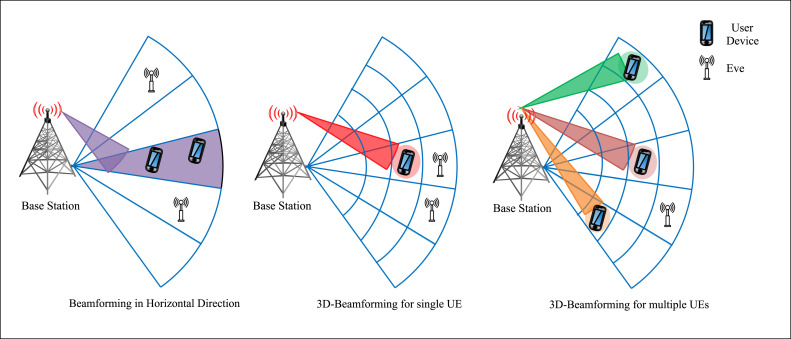Improving 5G Signal Strength with 3D Beamforming and Diversity Techniques
telcomatraining.com – As the demand for faster, more reliable mobile communication continues to grow, 5G technology stands at the forefront of innovation. However, delivering consistent 5G signal strength across diverse environments remains a technical challenge. To overcome this, researchers and engineers are increasingly turning to 3D beamforming and diversity techniques—two powerful methods to enhance signal quality and coverage in complex, real-world conditions.
What is 3D Beamforming?
3D beamforming is an advanced signal processing technique that uses antenna arrays to direct radio signals in three dimensions: horizontal (azimuth), vertical (elevation), and depth. Unlike traditional 2D beamforming, which only considers the azimuth angle, 3D beamforming enables more precise control over the direction and focus of the radio beams.
By shaping the beam in 3D space, base stations can target users more accurately, reducing signal interference and improving signal-to-noise ratio (SNR). This results in a stronger, more stable connection, especially in urban environments where buildings, vehicles, and other obstacles can cause significant signal degradation.
The Role of Massive MIMO in Beamforming
Massive MIMO (Multiple Input Multiple Output) is a key enabler of 3D beamforming in 5G networks. It involves equipping base stations with large arrays of antennas—sometimes hundreds—that work together to transmit and receive signals.
Massive MIMO enables spatial multiplexing, allowing the system to serve multiple users on the same frequency band simultaneously. Combined with 3D beamforming, it significantly boosts spectral efficiency and enhances overall network capacity.
Diversity Techniques to Boost Signal Resilience
Diversity techniques are another essential tool for improving 5G signal strength. These methods involve using multiple transmission paths or signal versions to overcome fading, interference, and other impairments.
Here are some of the most effective diversity techniques used in 5G:
- Spatial Diversity: Utilizes multiple antennas at the transmitter and/or receiver to create independent signal paths. This reduces the likelihood that all paths experience deep fading simultaneously.
- Frequency Diversity: Spreads the signal over multiple frequency bands. If one frequency band suffers from interference, the others can still deliver the message.
- Time Diversity: Transmits the same data at different time intervals. This is particularly useful for mitigating short-term fading caused by obstacles or user movement.
- Polarization Diversity: Uses antennas with different polarizations (e.g., vertical and horizontal) to improve reception in multipath environments.
By combining these techniques, 5G networks can ensure robust connectivity even under challenging conditions.
Real-World Applications and Benefits
In dense urban areas, 3D beamforming and diversity techniques are vital for maintaining high data throughput and low latency. They help overcome obstacles like buildings, trees, and moving vehicles that typically degrade signal strength.
In rural or remote areas, these technologies enable more efficient use of limited infrastructure, improving coverage and user experience without requiring an extensive network of towers.
For mobile users—such as those in vehicles or on public transport—3D beamforming can dynamically adjust beam direction in real-time, ensuring stable connectivity even at high speeds.
Future of 5G Signal Optimization
As 5G continues to evolve, the integration of artificial intelligence (AI) and machine learning (ML) with beamforming and diversity techniques will play an increasingly important role. AI-driven algorithms can analyze user behavior, network traffic, and environmental factors to dynamically optimize beam patterns and transmission strategies.
Additionally, the transition to 6G will likely bring even more advanced antenna designs and signal processing techniques, pushing the boundaries of what’s possible in wireless communication.
Conclusion
Improving 5G signal strength is crucial for delivering the seamless, high-speed connectivity that users expect. By leveraging 3D beamforming and diversity techniques, network providers can significantly enhance signal quality, reliability, and overall performance. As these technologies continue to mature, they will serve as a foundation for future advancements in wireless communication, powering everything from smart cities to autonomous vehicles and beyond.







